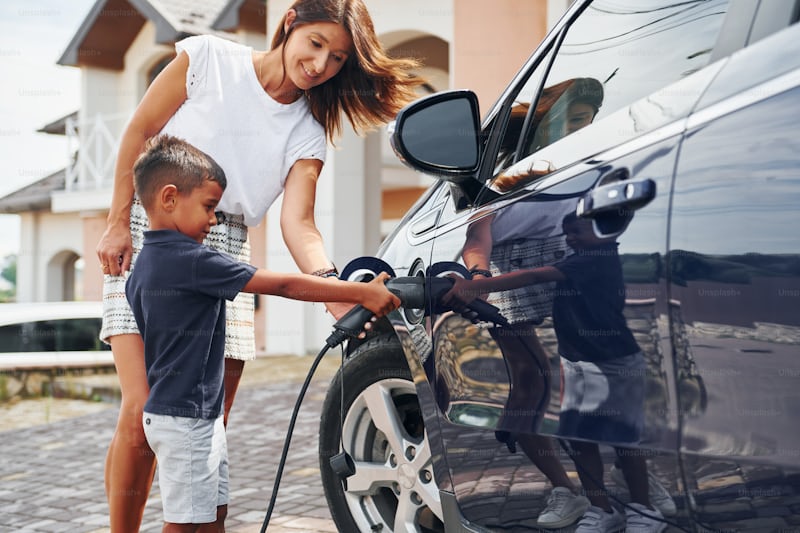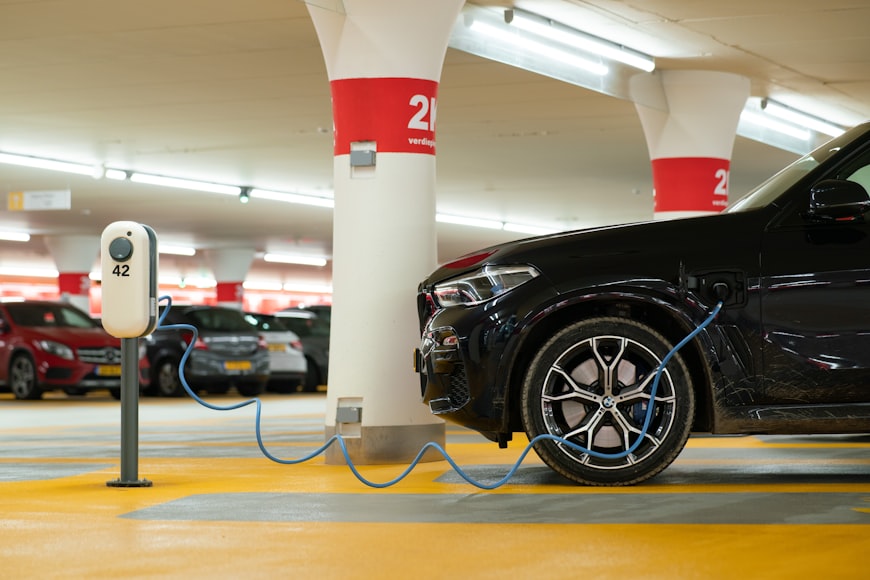
Table of Contents
The Rise of Electric Vehicles in Norway:
Norway has made headlines for becoming the first country in the world where electric vehicles (EVs) outnumber gasoline and petrol-powered cars on the roads. This significant milestone reflects not only the rapid adoption of EVs but also the changing landscape of the automotive industry worldwide. With approximately 2.8 million passenger cars registered in Norway, around 26.3% are now fully electric, surpassing the number of gas vehicles.
This transition has occurred more rapidly than many anticipated. The common perception is that internal combustion engine (ICE) vehicles dominate the market and will take decades to be replaced. However, Norway’s example shows that when the right conditions are met, the shift to electric mobility can happen swiftly.
Understanding the Numbers:
To grasp the significance of Norway’s achievement, it’s essential to delve into the statistics. While gas-powered cars have historically been the primary choice for consumers, the increasing sales of EVs have changed the narrative. Currently, diesel vehicles make up about 35% of the total vehicles on Norwegian roads, but this figure is expected to decline sharply as EV sales continue to rise.
Recent data indicates that about 94% of all new car sales in Norway are electric. The shift in consumer preference is influenced by various factors, including government incentives and a growing environmental consciousness among the populace.
Government Incentives Driving Adoption:
Norway’s government has played a pivotal role in promoting EV adoption through a range of incentives. These include exemptions from sales and emissions taxes, reduced tolls, and free parking for electric vehicles. Such measures have significantly lowered the overall cost of owning an EV, making them an attractive alternative for consumers.
However, it’s worth noting that while these incentives are beneficial, they are not the sole reason for the high adoption rates. The willingness of the Norwegian population to embrace new technologies and a strong economic foundation have also contributed to this rapid transition.
The Future of EVs in Norway:

Looking ahead, Norway aims to end the sale of new gasoline and diesel vehicles by 2025. This ambitious goal reflects the country’s commitment to becoming a leader in sustainable transportation. With the EV fleet growing rapidly, it is projected that electric vehicles will surpass diesel cars by 2026, if not sooner.
As the market continues to evolve, the focus will shift toward increasing the infrastructure supporting EVs, such as charging stations, to accommodate the growing number of electric vehicles on the road. Norway is already making strides in this area, ensuring that the necessary facilities are in place to support future growth.
Challenges and Considerations:
Despite the success, challenges remain. The global media has largely overlooked the implications of this transition for consumers who still own ICE vehicles. The resale values of these cars are likely to plummet as the market shifts, leaving owners with significant financial risks.
Moreover, while EV sales are booming in Norway, the same cannot be said for other countries. For instance, only around 8.5% of vehicle sales in the U.S. are electric. The reasons for this disparity include varying government policies, public perception, and the availability of EV models.
Global Trends in Electric Vehicle Adoption:
Globally, the trend towards electric vehicles is gaining momentum. In 2022, about 18% of all new cars sold worldwide were EVs, with this figure increasing to just over 20% in 2023. In China, a remarkable 60% of new vehicle sales are either plug-in hybrids or fully electric, showcasing a robust market for EVs.
In Europe, approximately a quarter of vehicle sales are electric, while the United States continues to lag behind with less than 10% of new vehicle sales. This highlights the need for a concerted effort to promote EV adoption in markets where growth has been slower.
Barriers to Adoption in Other Markets:
One of the key barriers to EV adoption in countries like the U.S. is the perception of electric vehicles fueled by misinformation and media narratives. Many consumers remain skeptical about the reliability and performance of EVs, which can hinder their willingness to make the switch.
Additionally, the technology gap between EV manufacturers in different countries, particularly between the U.S. and China, affects market dynamics. Chinese manufacturers are producing a wide range of EVs that cater to various consumer needs, often at competitive prices.
The Road Ahead for Electric Vehicles:

As Norway leads the charge in EV adoption, it sets a precedent for other countries to follow. The combination of favorable government policies, consumer willingness to embrace change, and advancements in technology will be crucial for the continued growth of electric mobility worldwide.
Looking forward to 2030 and beyond, the expectation is that electric vehicles will dominate the global automotive market. With continued advancements in battery technology, charging infrastructure, and vehicle design, the transition to electric mobility is not just a possibility; it is becoming a reality.
Conclusion:
Norway’s achievement in having more electric vehicles than gas-powered cars is a landmark moment in the global shift towards sustainable transportation. It illustrates what can be accomplished with the right incentives, societal willingness to adapt, and technological advancements. As more countries observe Norway’s success, the hope is that they will implement similar strategies to encourage EV adoption and work towards a cleaner, more sustainable future.
